Expansion of the E-Commerce Sector
The Specialty Breathable Membrane Market is benefiting from the rapid expansion of the e-commerce sector. As online shopping continues to gain traction, the demand for breathable membranes in packaging and shipping applications is increasing. E-commerce companies are increasingly seeking materials that not only protect products but also allow for breathability, particularly for items sensitive to moisture. This trend is likely to drive innovation in packaging solutions, as manufacturers develop breathable membranes that meet the specific needs of e-commerce logistics. Market data suggests that the e-commerce sector is projected to grow at a rate of 15% annually, which could significantly impact the demand for specialty breathable membranes. Consequently, the intersection of e-commerce growth and the Specialty Breathable Membrane Market presents a promising opportunity for manufacturers to expand their product offerings.
Rising Demand for Eco-Friendly Products
The Specialty Breathable Membrane Market is experiencing a notable shift towards eco-friendly products. As consumers become increasingly aware of environmental issues, there is a growing preference for materials that minimize ecological impact. This trend is reflected in the rising demand for breathable membranes made from sustainable materials, which are often biodegradable or recyclable. Market data indicates that the eco-friendly segment is projected to grow at a compound annual growth rate of approximately 8% over the next five years. Manufacturers are responding by innovating and developing new products that align with sustainability goals, thereby enhancing their market position. This focus on eco-friendliness not only meets consumer expectations but also complies with stringent regulations aimed at reducing environmental footprints, further driving growth in the Specialty Breathable Membrane Market.
Technological Innovations in Material Science
Technological advancements in material science are significantly influencing the Specialty Breathable Membrane Market. Innovations such as nanotechnology and advanced polymer chemistry are leading to the development of membranes with enhanced properties, including superior breathability, durability, and water resistance. These advancements allow manufacturers to create products that cater to diverse applications, from construction to healthcare. Market analysis suggests that the integration of smart technologies, such as moisture management systems, is likely to become a key differentiator in the industry. As a result, companies investing in research and development are expected to gain a competitive edge, potentially increasing their market share. The ongoing evolution of material science is thus a critical driver of growth within the Specialty Breathable Membrane Market.
Growing Awareness of Health and Safety Standards
The Specialty Breathable Membrane Market is significantly influenced by the increasing awareness of health and safety standards across various sectors. As industries prioritize worker safety and comfort, the demand for breathable membranes that provide protection while allowing moisture vapor to escape is on the rise. This is particularly evident in sectors such as construction, healthcare, and sports, where the need for protective yet breathable materials is paramount. Regulatory bodies are also implementing stricter guidelines regarding workplace safety, further propelling the demand for these specialized membranes. Market forecasts suggest that this heightened focus on health and safety will contribute to a steady growth trajectory for the Specialty Breathable Membrane Market, as companies seek to comply with regulations and enhance employee well-being.
Increased Application in Construction and Apparel
The Specialty Breathable Membrane Market is witnessing an expansion in applications across various sectors, particularly in construction and apparel. In the construction sector, breathable membranes are increasingly utilized in building envelopes to enhance energy efficiency and indoor air quality. This trend is supported by regulatory frameworks that promote sustainable building practices. In the apparel industry, the demand for breathable fabrics is surging, driven by consumer preferences for comfort and performance in outdoor and sportswear. Market data indicates that the construction segment alone is expected to account for over 40% of the total market share by 2026. This diversification of applications not only broadens the market scope but also stimulates innovation, as manufacturers strive to meet the specific needs of different industries within the Specialty Breathable Membrane Market.


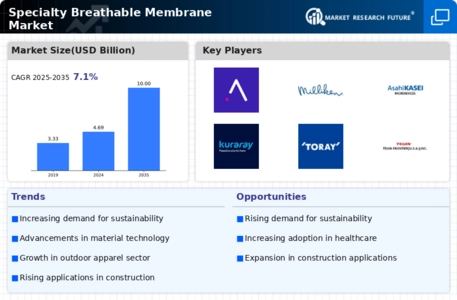
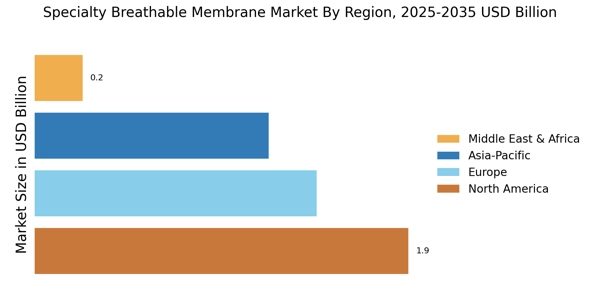

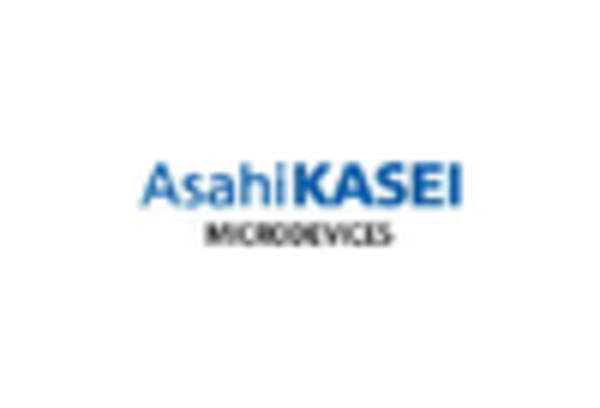

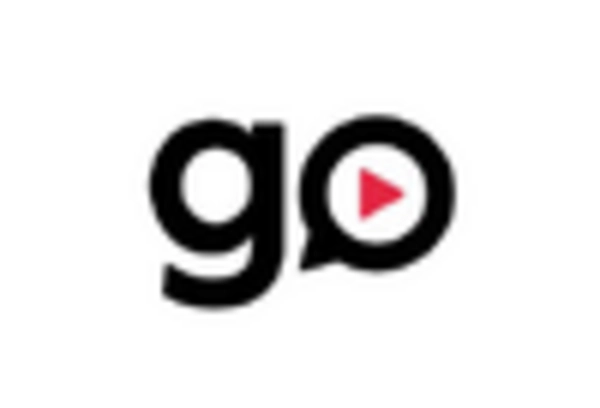
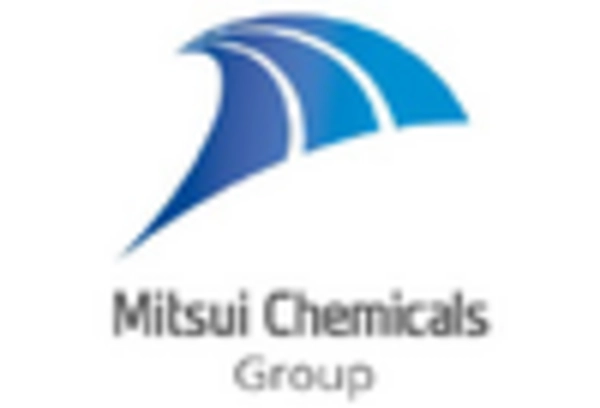
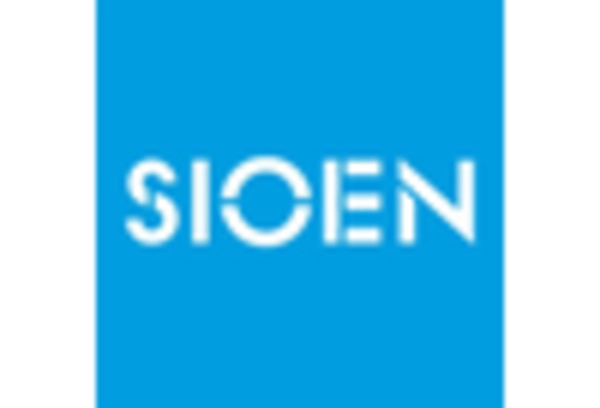








Leave a Comment